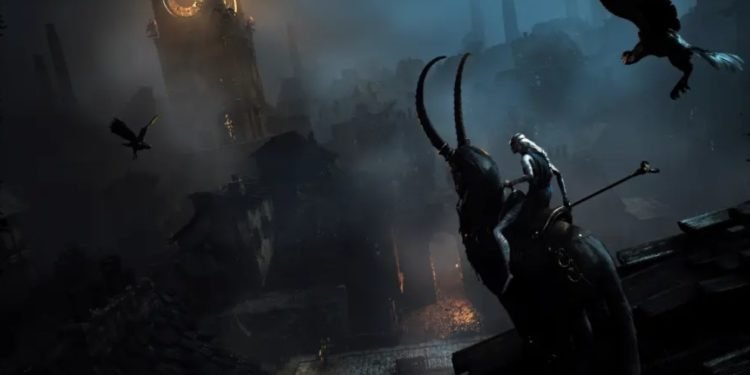Remnant: From the Ashes was a huge hit from the developers, Gunfire Games when it came out in 2019. Four years later, the developers have released the sequel to the game, and once again, we’re mesmerized by the job they’ve done. Remnant 2 will be out on July 25, 2023, for Windows, PS5, and Xbox Series X/S. However, fans can already pre-purchase the game from their preferred stores. With the game still in its infancy, technically, it’s understandable if you haven’t figured out the best graphics settings yet to run it smoothly. The choice depends really on you and what you expect from the game. To have cool graphics or to have a smoother experience—that is the question. In this article, we will try to sum up the best settings for high FPS and low input lag in Remnant 2. If you are interested in knowing the same, consider reading this guide until the end.
The first game in the Remnant series was popular for its high-quality graphics. Remnant 2 has not only followed suit but has improved upon it. The visual experience really tops anything else. However, with such high-quality graphics, lags and stutters are pretty frequent, irrespective of the system the game is running on. This is especially true if your device isn’t strong enough to handle the graphics offered by the game. Even if your PC meets the minimum requirements, it may not be enough to run the game as smoothly as you’d expect. Keeping this in mind, you need to figure out the best graphics settings that keep the visual experience almost similar but net you high FPS and low input lag. Well, we have shared all the details on the same.
Remnant 2 Best Settings for High FPS and Low Input Lag
Display Mode
The first thing that you need to understand is that this guide is focused on improving the performance of the game. With this in mind, you should always play the game in fullscreen mode. Playing the game in full screen should reduce latency and improve performance. However, since Remnant 2 runs on DX12, it may not have a drastic impact. Next, you need to adjust the resolution and other settings as mentioned below:
- Resolution: should match the native resolution of your monitor
- Brightness: as per your preference
- Motion blur: Off
- Vsync: Off
Set Upscaler Quality
You will be able to choose the Upscaler Quality in Remnant 2. For better FPS and improved performance, you should opt for the “Quality” option. However, for some PCs, the “Performance” option will be the right choice, but this will affect the visuals. You will need to test these and see which one suits your device. When it comes to which Upscaler you need to use, this will depend on your PC’s specs and GPU. Here are the available options: AMD FSR, Intel XeSS, DLSS, etc.
Set Graphics Quality
Once you’re done with Display Mode and Upscaler Quality, you need to pick the best graphics settings for Remnant 2. Here’s what you have to do –
- Set the Graphics Quality Preset to Custom.
- The Shadow Quality should be set to Low ideally. However, you can also opt for the “Medium” settings if your PC is capable.
- You can set the Post Processing and Foliage Quality settings to High.
- Ideally, the Effects Quality option should be set to Low. However, once again, you can set it to Medium depending on the specifications of your PC.
- Finally, set the View Distance Quality to Medium, and you’re good to go.
Advanced
- FOV Modifier: Preference
- Minimize Input Latency: On
So, these are the best settings to get high FPS and low input lag in Remnant 2. Try out these settings for yourself, and don’t hesitate to make changes to them as per your system’s specifications. That said, if you found this guide insightful and want to read more such gaming-related content, keep visiting DigiStatement!


